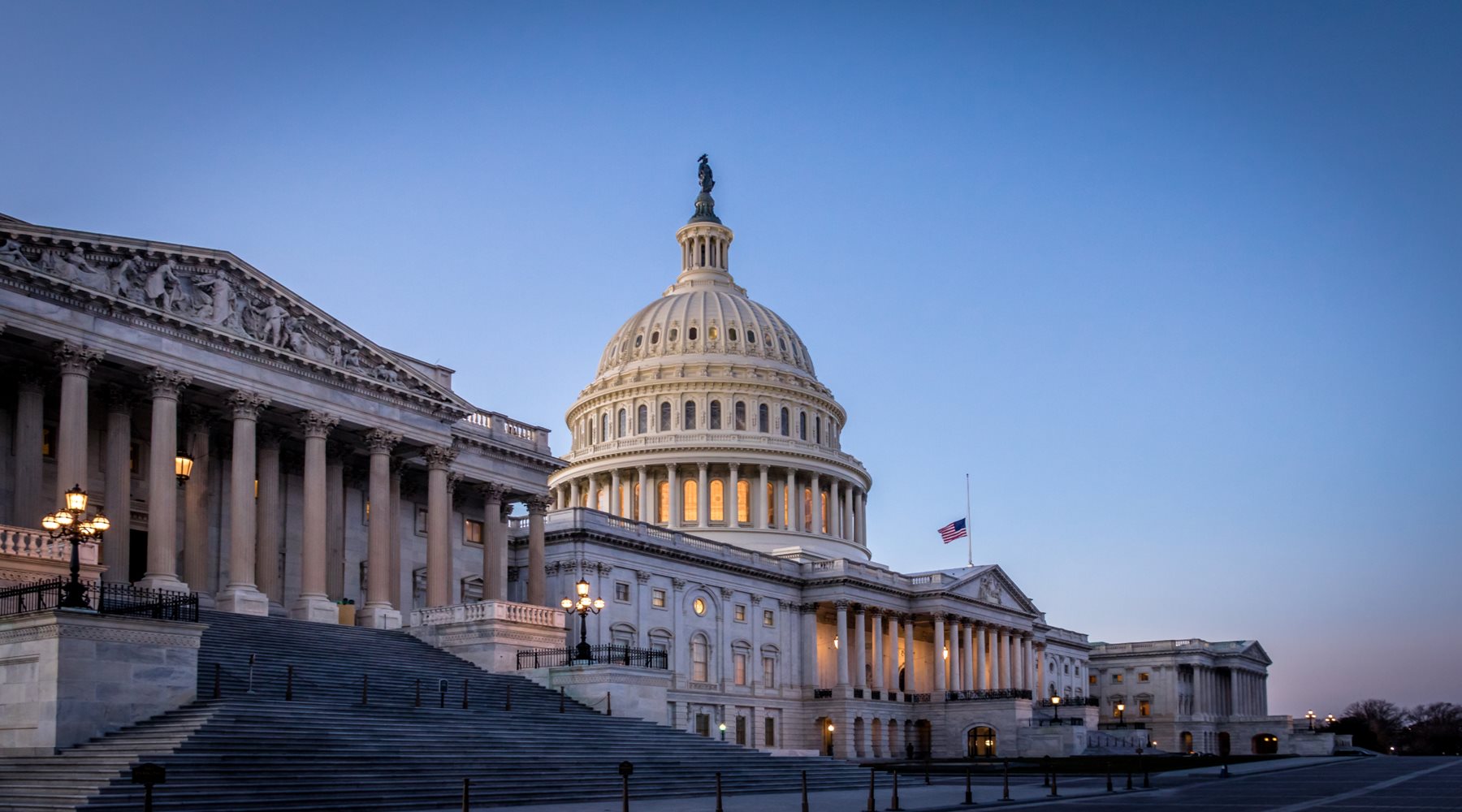WHAT YOU NEED TO KNOW
- Rising US-China tensions are a downside risk to the macro and market outlook, but political and economic considerations point to a “cold” trade war prior to the US election
- The cycle is improving from here. We expect China to pick up momentum, along with the rest of the emerging market (EM) complex, excluding Latin America. The US should follow, and then Europe
- Rising trade tensions are a key risk to this investment call but, to derail it, they will have to escalate meaningfully
NOT COOLING DOWN BUT NOT HEATING UP EITHER
Tensions between the US and China have risen lately, with several key issues beyond trade emerging as sticking points. The fact that China has, so far, been unable to increase imports from the US at the required pace to meet the phase 1 trade deal terms is not helping – though this is mostly due to the sharp shortfall in economic activity earlier this year. However, the US also appears dissatisfied with how China dealt with the initial stages of the COVID-19 virus outbreak.
Furthermore, following a recent assessment by its State Department, the US has outlined potential measures that would affect Hong Kong’s special treatment, ranging from the export control framework, to the extradition treaty, and an eventual convergence to mainland China tariff levels. The US also mentioned a range of non-tariff measures that could potentially be applied to China, such as visa restrictions and sanctions on individuals, and that a working group would study the differing practices of Chinese companies listed on US financial markets.
While this may seem a repeat of the 2018 trade war, what is different this time around is both the economic environment (much weaker, but starting to improve) and the political situation (we are in a US election year).
The interplay between these two drivers suggests that a de-escalation will not be easy to engineer as the November vote approaches. However, it also suggests that neither the US nor the Chinese economy can withstand further shocks, such as a meaningful escalation, as they are just moving off their lows and entering a phase of repair.
For the US, voters believe that economic recovery should be one of the top priorities, according to the polls. This is why, perhaps, no official statement has been made with respect to the US-China trade deal. Neither have we seen any mention of US tariffs on mainland Chinese exports, nor talks of sanctions on Hong Kong’s financial sector.




